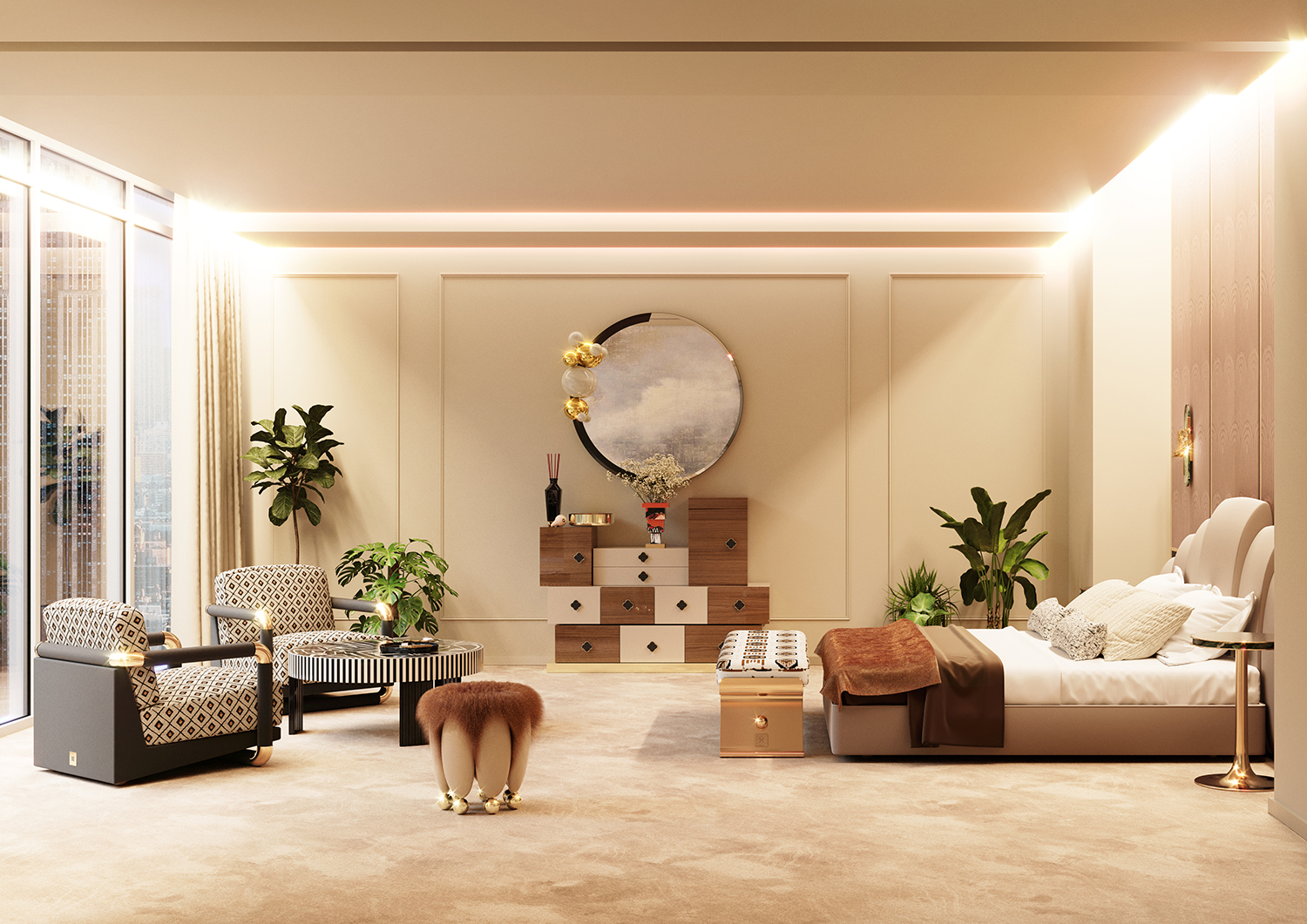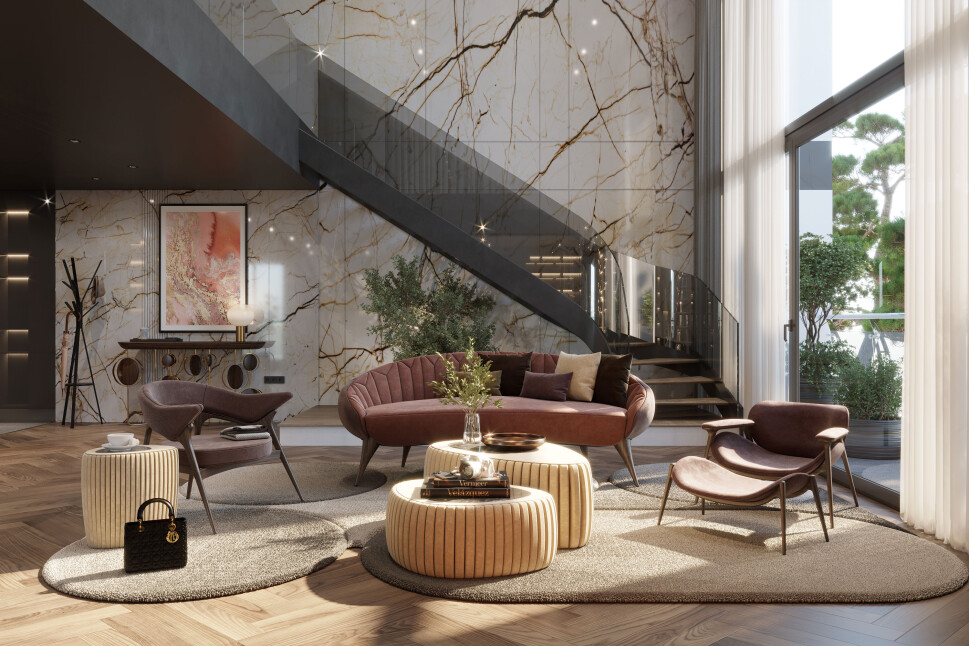Redefining Areas: The Function of Interior Architecture Miami in Modern Design
Redefining Areas: The Function of Interior Architecture Miami in Modern Design
Blog Article
Why Comprehending the Principles of Interior Design Is Crucial for Effective Area Preparation
Comprehending the concepts of indoor style is essential to efficient room preparation, as it lays the foundation for developing environments that harmonize functionality with aesthetic allure. Important aspects such as percentage, equilibrium, and flow are not merely decorative factors to consider; they are vital in maximizing just how a room is made use of.
Importance of Room Preparation
Space planning is a basic facet of interior design that dramatically influences the performance and visual appeals of a room. It entails the tactical arrangement of furnishings, fixtures, and building components to optimize the usage of available space while enhancing the general user experience. Reliable area preparation addresses numerous variables, including flow, access, and the certain needs of the owners.
One of the key benefits of room planning is its capacity to enhance spatial performance. Interior design Miami. By attentively organizing a design, developers can guarantee that every location serves an objective, decreasing mess and promoting a sense of order. In addition, proper area preparation promotes an unified environment, permitting smooth movement and interaction within a space
In addition, successful area preparation considers natural light, sightlines, and the partnership between different locations. This all natural method not just boosts the aesthetic charm yet also contributes to the health and productivity of the residents. Inevitably, a well-executed room plan contributes in producing a balanced and inviting environment, making it essential for any interior decoration project.
Trick Concepts of Inside Design

One essential concept is balance, which can be in proportion, unbalanced, or radial. Balanced balance produces a sense of order, while asymmetrical equilibrium supplies a more dynamic aesthetic appeal. One more crucial principle is proportion and scale, making certain that the size of furniture and decoration components connect sympathetically to every other and the general room.
Color concept additionally plays a considerable function, influencing mood and understanding. Designers use shade schemes to stimulate specific feelings and enhance the spatial experience. Additionally, the principle of rhythm involves creating a sense of activity via rep of colors, patterns, or shapes, assisting the eye throughout the room.
Finally, the concept of emphasis directs attention to centerpieces, enabling a clear story within the layout. Interior designer Miami. By adhering to these essential principles, indoor developers can develop atmospheres that not just satisfy practical requirements but also reverberate with the owners on a psychological level
Effect On Functionality and Flow

The setup of furniture, the selection of products, and the combination of innovation all play vital roles in achieving optimum performance. For example, placing seating locations in distance to work areas can facilitate interaction and partnership, thus boosting efficiency. In addition, making sure that pathways are clear and unhampered allows for effective movement, lowering congestion and advertising a natural circulation throughout the area.
Moreover, integrating components such as illumination and shade can even more assist in defining locations, making it easier for people to navigate their atmosphere. Thoughtful room planning takes into consideration not only the physical facets of design however also exactly how individuals connect with their surroundings. Inevitably, a focus on capability and flow not just improves the individual experience but likewise elevates the general effectiveness of the area, developing an atmosphere that fulfills the requirements of its owners while fostering a sense of consistency and equilibrium.
Enhancing Appearances and Mood
3 crucial elements-- color, illumination, and appearance-- play crucial duties in boosting the looks and state of mind of an indoor space. Color develops the emotional tone; cozy shades like reds and oranges evoke energy and warmth, while cooler shades such as blues and eco-friendlies advertise calmness and harmony. Selecting an unified color combination can transform a space, creating a cohesive and visually appealing setting.
Structure adds depth and interest, adding to the responsive experience within an area. A mix of appearances-- smooth surface areas, luxurious fabrics, and natural products-- can develop visual intrigue and enhance comfort. For example, coupling a pop over to this site soft velour sofa with a sleek glass coffee table can create a well balanced visual that invites interaction.
Illumination, frequently an overlooked component, dramatically effects state of mind. Natural light fosters an open, ventilated environment, while purposefully put artificial illumination can create warmth and emphasize architectural attributes. Dimmer switches allow versatility, enabling for adjustments to fit numerous activities or times of day.
Including these three aspects attentively not just elevates the aesthetic allure of a space however additionally cultivates an environment that reverberates with its intended function, inevitably enriching the general experience for its passengers.
Practical Applications in The Real World
Applying interior decoration principles in reality needs a thoughtful strategy that integrates color, structure, and illumination right into day-to-day spaces. By comprehending exactly how these components function together, individuals can create atmospheres that are not just aesthetically enticing yet harmonious and additionally useful.
For instance, in a small living area, utilizing a light color combination can make the room really feel bigger and more open. Strategic use mirrors can improve natural light and produce an illusion of depth. Integrating different appearances via fabrics, such as paddings and rugs, can add heat and passion without frustrating the detects.
Lights plays an important function in specifying the environment. Split illumination, containing ambient, job, and accent alternatives, allows adaptability in mood setups. In a home office, for instance, a combination of natural light, desk lamps, and decorative fixtures can improve efficiency while preserving an inviting atmosphere.
Furthermore, comprehending spatial connections and furnishings plan can result in boosted capability. By sticking to concepts such as equilibrium and proportion, one can make sure that areas offer their designated function while staying aesthetically pleasing. Overall, practical applications of interior style concepts substantially boost the livability and appeal of any kind of environment.
Conclusion
To conclude, comprehending the principles of interior decoration is crucial for effective area planning, as it fosters a balance between performance and appearances. By applying key ideas such as proportion, color theory, and circulation, designers can develop atmospheres that boost Full Report both use and visual appeal. Ultimately, this understanding contributes to the development of spaces that not just satisfy useful requirements however additionally elevate the total environment, causing more reliable and satisfying experiences for individuals.
Recognizing the principles of interior style is fundamental to efficient area preparation, as it try this site lays the foundation for creating settings that integrate functionality with aesthetic charm.Room planning is an essential aspect of indoor style that considerably affects the functionality and visual appeals of a space. Furthermore, appropriate room preparation cultivates a harmonious environment, enabling for seamless motion and communication within a room.
In addition, the concept of rhythm involves creating a sense of movement through repetition of patterns, shapes, or colors, guiding the eye throughout the space.
In conclusion, comprehending the principles of interior style is critical for reliable room preparation, as it cultivates an equilibrium in between performance and aesthetics.
Report this page